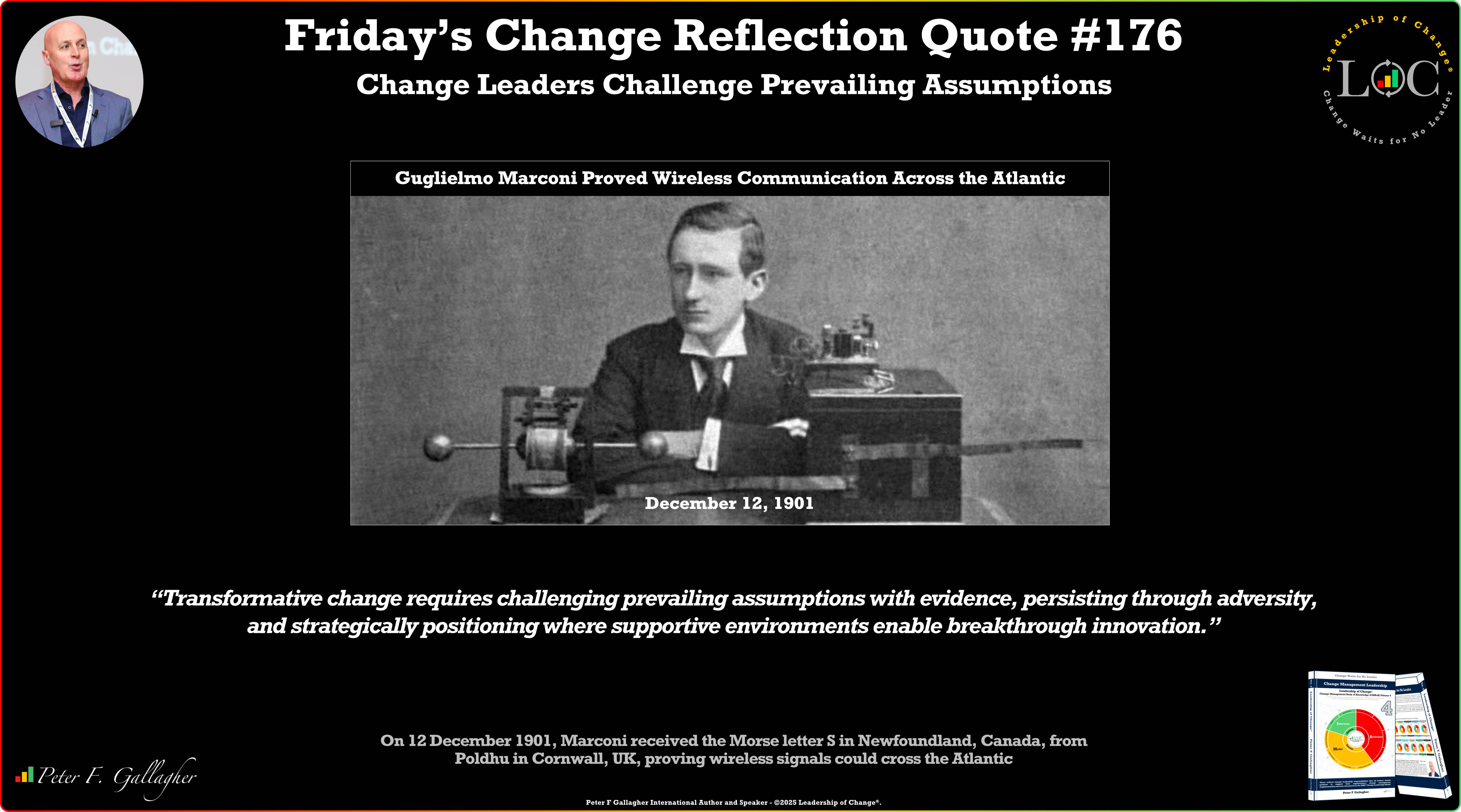Jul25

Leadership transitions are among the most significant—and often most stressful—periods in an organization's life. Whether planned well in advance or triggered by unexpected events, succession impacts every layer of a company. While much of the focus often falls on identifying the right successor or developing strategic transition plans, one key element often overlooked is communication. Specifically, HR’s role in guiding succession-related communication can be the difference between a smooth transition and one marked by uncertainty, confusion, or internal resistance.
Why Communication Matters During Succession
Leadership changes naturally create unease. Employees may wonder about their job security, the company’s future direction, or changes to team dynamics and responsibilities. Without clear, timely, and transparent communication, rumors fill the void, morale dips, and productivity suffers.
This is where HR’s strategic value comes into play. HR professionals are uniquely positioned to shape the narrative, confirm alignment, and support people through change. From messaging to coaching, HR bridges the gap between leadership intent and employee perception.
HR’s Role in Succession Communication
1. Developing a Communication Strategy
Before making any announcements, HR should help develop a communication strategy that aligns with the company’s values and culture. Key elements of this strategy include:
A thoughtful strategy ensures consistency in messaging and helps mitigate miscommunication at all levels.
2. Preparing Leaders and Managers
Mid-level managers are often the first line of defense when employees have concerns or questions. HR should proactively equip these managers with talking points, context, and coaching to help them confidently address their teams.
Succession-related changes may also involve shifts in reporting structures, performance expectations, or cultural dynamics. HR can facilitate training or workshops to help leaders adapt their management styles, build trust with new team members, and demonstrate harmony with the incoming leadership.
3. Promoting Transparency and Trust
One of the biggest concerns employees have during a leadership transition is the unknown. HR’s role is to promote transparency wherever possible, while also respecting confidentiality and strategic timing.
Communicating the “why” behind the succession—whether it’s part of long-term growth planning, retirement, or restructuring—can go a long way in reinforcing organizational stability. HR should encourage leaders to acknowledge employee concerns honestly and provide opportunities for feedback and two-way communication.
4. Addressing Emotional Impact and Organizational Culture
Succession can trigger a range of emotions—from anxiety to grief to excitement. This is especially true when a long-tenured or well-loved leader steps down. HR must recognize these emotions and ensure that transition plans address both cultural continuity and operational effectiveness.
Consider offering:
These actions not only support individuals through change but also reinforce a healthy organizational culture.
5. Evaluating and Adjusting Post-Transition
Once the new leader has stepped in, HR’s job is far from over. Ongoing communication is essential to reinforce new goals, clarify roles, and track engagement and morale. HR can gather feedback through pulse surveys or informal check-ins, identify challenges early, and help adjust messaging or support mechanisms as needed.
Additionally, HR should monitor how well the new leader is being integrated, both operationally and culturally. A successful transition is one where business performance and employee engagement remain strong or improves over time.
Success is a Leadership and a People Issue
HR plays a pivotal role in helping organizations navigate leadership change with clarity, empathy, and resilience. By proactively managing succession-related communication, HR ensures employees stay informed, engaged, and prepared for what’s next.
If your organization is preparing for a leadership transition, WhiteWater Consulting can help you build a communication strategy that strengthens trust and sets your people—and your future leaders—up for success.
Reach out to us today to start the conversation.
By Chuck Cooper
Keywords: Leadership, HR
 The Agentic Superiority of Gemini 3 Pro: Scale, Multimodality, and Ecosystem Integration
The Agentic Superiority of Gemini 3 Pro: Scale, Multimodality, and Ecosystem Integration Data Isn’t the Problem. Alignment Is.
Data Isn’t the Problem. Alignment Is. Friday’s Change Reflection Quote - Leadership of Change - Change Leaders Challenge Prevailing Assumptions
Friday’s Change Reflection Quote - Leadership of Change - Change Leaders Challenge Prevailing Assumptions The Corix Partners Friday Reading List - December 12, 2025
The Corix Partners Friday Reading List - December 12, 2025 Measuring the True ROI of Automated Claims Processes: Beyond Speed and Cost
Measuring the True ROI of Automated Claims Processes: Beyond Speed and Cost